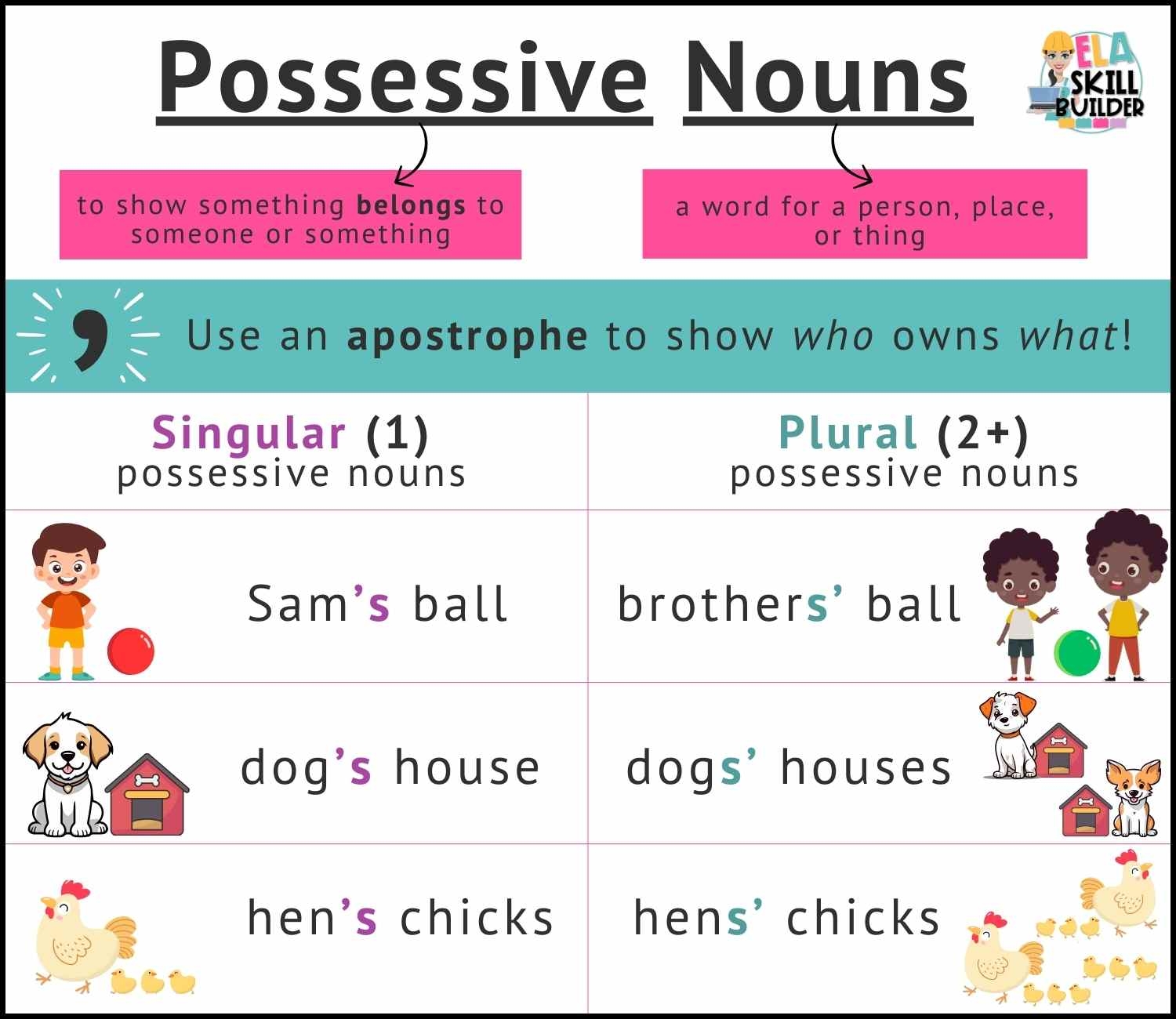When it comes to possessive plurals, it’s important to understand how to correctly show ownership of something that is shared by more than one person or thing. Possessive plurals can sometimes be confusing, but with a few examples, you can easily grasp the concept and use it correctly in your writing.
Let’s dive into some possessive plural examples to help you understand how they work and how to use them effectively.
Possessive Plural Examples
1. The students’ books were scattered all over the classroom. (The books belong to more than one student)
2. The dogs’ tails wagged happily as they greeted their owners. (The tails belong to multiple dogs)
3. The employees’ uniforms were neatly pressed and ready for the workday. (The uniforms are for the employees)
4. The children’s toys were strewn across the living room floor. (The toys belong to multiple children)
5. The members’ votes were counted and the winner was announced. (The votes were from various members)
These examples demonstrate how to correctly form possessive plurals by adding an apostrophe and an “s” at the end of a plural noun to show ownership by more than one entity.
It’s important to note that when a plural noun does not end in “s,” you should add an apostrophe followed by “s” to indicate possession. For example, “The children’s toys” shows ownership by multiple children.
Remember to always pay attention to the placement of the apostrophe in possessive plurals to ensure clarity and accuracy in your writing.
By understanding and practicing possessive plural examples, you can enhance your writing skills and effectively communicate ownership in a clear and concise manner.
Next time you encounter a situation where you need to show possession by more than one entity, refer back to these examples to ensure you are using possessive plurals correctly.
